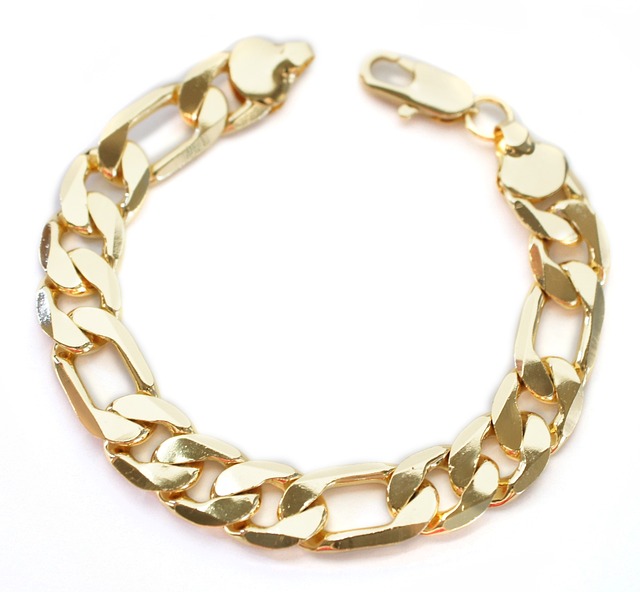Sizing adjustments: non-destructive techniques for minor fits
Small fit issues with wristwear are common. This article explains non-destructive techniques to tweak bracelet fit, from clasp adjustments and discreet inserts to material-aware care and lightweight customization approaches that preserve value and finish.

Small fit problems—too loose, too snug, or uneven—can make wristwear uncomfortable without needing destructive fixes. Non-destructive sizing focuses on reversible steps that preserve plating, alloys, leather, and any engraved or customized details. The guidance below covers clasp choices, simple at-home tweaks, care considerations for hypoallergenic materials, cleaning and restoration tips, and how to prepare bracelets for travel or layering so adjustments remain safe and effective.
Wristwear: assessing fit and comfort
Begin by evaluating how the bracelet sits on your wrist: does it slide over the hand, rotate when you move, or pinch at certain points? Measure wrist circumference and compare it with the internal length of the bracelet while allowing typical movement for layering. Consider whether the issue is seasonal (skin swelling in heat), related to travel and frequent humidity changes, or caused by worn plating or loose links. Accurate assessment helps decide between soft solutions such as silicone inserts or band padding versus mechanical adjustments like repositioning a clasp.
Clasp options for minor sizing
Different clasps offer micro-adjustments without permanent alteration. Lobster and spring ring clasps can be hooked to a different chain link or a sewn-in jump ring for temporary size changes, while fold-over clasps sometimes include micro-adjustment slots. For necklaces adapted as wristwear, add a small removable extender chain. When selecting or modifying a clasp, consider alloy composition and plating to avoid galvanic reactions for those with hypoallergenic needs. Local services in your area can swap clasps or add discreet extension links with minimal intervention.
Sizing adjustments without damage
Non-destructive sizing techniques include using removable link spacers, silicone or gel inserts, and adhesive-backed pads for leather bands. For metal link bracelets, spring-bar stoppers or removable link extenders let you alter fit temporarily without cutting or soldering. Avoid forceful bending of links or repeated hammering that can crack plating or weaken alloys. For delicate pieces, use a soft cloth and finger pressure to test clasp repositioning; when in doubt, consult a jeweler who offers reversible adjustments rather than permanent resizing.
Hypoallergenic materials and alloy care
When adjusting bracelets made from nickel-free alloys or labeled hypoallergenic, choose materials and adhesives compatible with sensitive skin. Silicone inserts and fabric pads are often safe options; avoid strong adhesives that can leach against the skin. For plated pieces, limit mechanical abrasion during any adjustment to prevent exposing base metals. If sourcing replacement parts or clasps, prioritize reputable suppliers who disclose plating thickness and alloy composition to reduce the risk of allergic reactions and support more sustainable sourcing practices.
Leather, plating, cleaning, and restoration
Leather bands require different handling than metal. Small fits can be managed with leather-friendly pads, stitched-on extenders, or careful rolling and re-punching of buckle holes by a professional to avoid cracking. For plated metal, gentle cleaning before adjustments removes grit that could abrade the finish; use mild cleaners appropriate for the plating type and follow restoration services in your area for re-plating or polish work. Regular cleaning and prompt minor restoration preserves appearance and reduces the need for invasive repairs later.
Repair, restoration, customization, and engraving considerations
When pursuing customization—such as engraving or decorative additions—plan for reversible options so fit changes won’t compromise the art. Engraving should be placed where it won’t be affected by added extenders or clasps. Restoration professionals can often reassemble broken links, reattach clasps, or replace jump rings using matched alloys to keep visual consistency. Discuss sustainability and sourcing with repair shops if material provenance matters; many shops offer alloys recycling or use ethically sourced replacement parts.
Conclusion
Minor sizing adjustments can often be achieved without destructive work by choosing the right clasp, using removable inserts or extenders, and consulting local services for reversible repairs. Paying attention to materials—hypoallergenic alloys, leather, and plated finishes—along with appropriate cleaning and restoration extends the life of wristwear and keeps customization intact while maintaining comfort for travel and layering needs.






